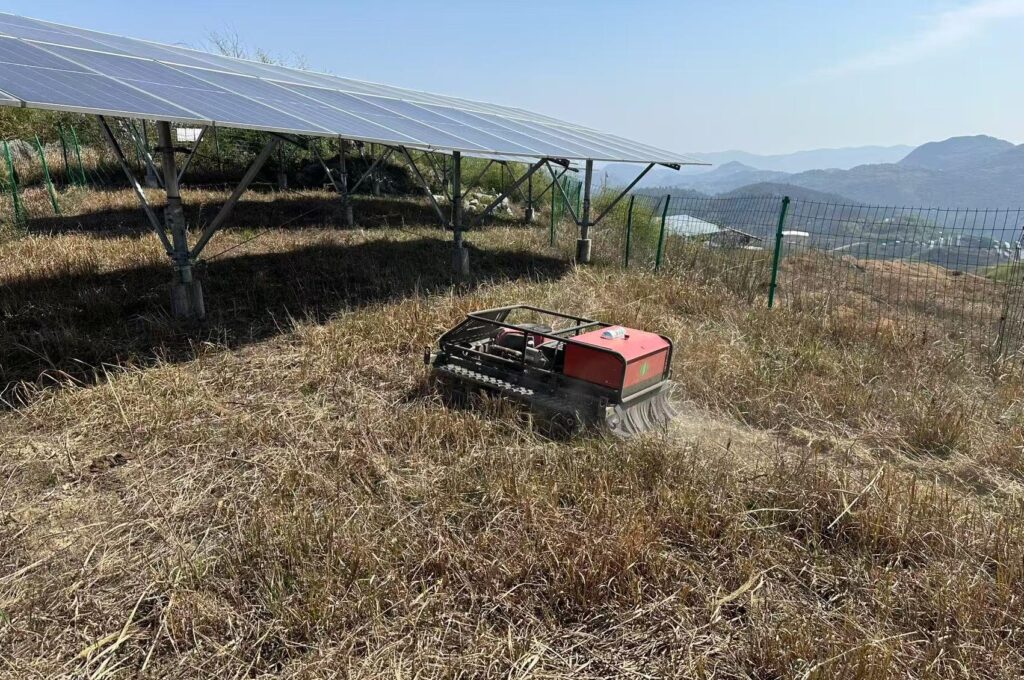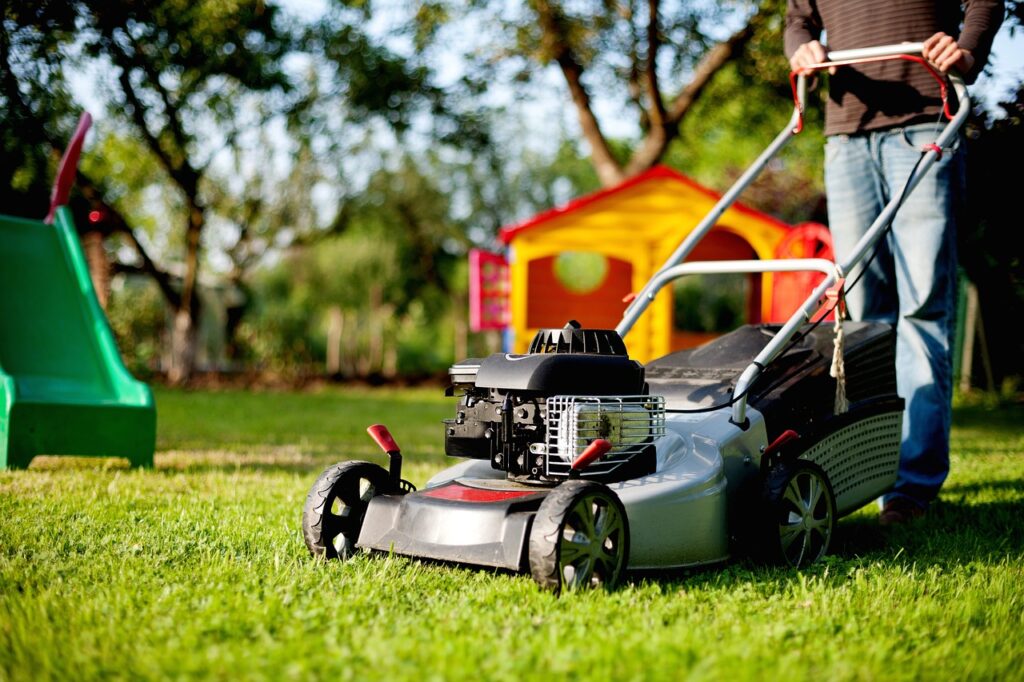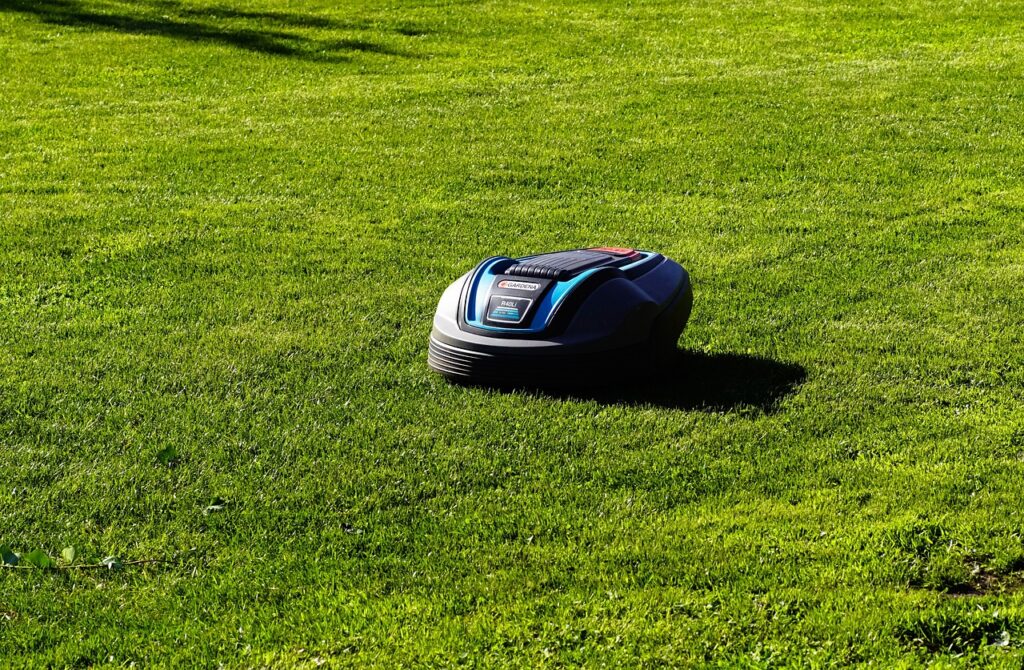When it comes to maintaining large lawns, steep slopes, or solar farms, the debate between robotic lawn mowers vs traditional lawn mowers has never been more relevant. Traditional push or ride-on mowers rely heavily on manual labor, while modern robotic solutions like the MC700 AIR hybrid robotic lawn mower bring automation, efficiency, and safety into the field.

1. Efficiency and Coverage
Traditional mowers often require multiple passes and hours of operator time, especially on rough terrain. The MC700 AIR delivers a working efficiency of 2,500 m²/h with a wide 700 mm cutting width, allowing operators to cover more ground in less time. With a runtime of up to 180 minutes in hybrid mode, it reduces downtime and labor costs.
2. Terrain Handling
Most traditional mowers struggle with slopes and uneven ground. The MC700 AIR is designed with tank-style tracks, a maximum climbing angle of 45°, and a ground clearance of 90 mm, making it ideal for challenging landscapes like hillsides, orchards, and photovoltaic stations.
3. Power and Endurance
While traditional mowers rely purely on gasoline engines, the MC700 AIR combines hybrid power (gasoline + electric) with a Loncin twin-cylinder engine (11.5 kW / 36 Nm torque). This ensures both strong cutting power and extended endurance, outperforming conventional models that often require frequent refueling and maintenance.
4. Safety and Control
Safety is another major difference in the robotic lawn mower vs traditional lawn mower comparison. Traditional mowers require close physical operation, increasing the risk of accidents. The MC700 AIR is equipped with a two-hand remote control (range ≤200 m), emergency stop systems, anti-rollaway protection, and a protective frame. These features keep operators at a safe distance while maintaining full control.
5. Smart Features
Unlike traditional mowers, the MC700 AIR offers optional path planning, APP connectivity, real-time machine diagnostics, and industrial-grade digital displays for monitoring voltage, temperature, and alarms. These features reduce human error and allow data-driven mowing operations.
6. Versatility and Applications
Traditional lawn mowers are limited to flat home gardens. In contrast, the MC700 AIR is suitable for solar farms, orchards, municipal green areas, and steep slopes. With a cutting height range of 5–90 mm and segmented blades, it adapts to different vegetation types from fine grass to dense weeds.
Conclusion: The Future Belongs to Robotic Mowing
The debate of robotic lawn mower vs traditional lawn mower comes down to efficiency, safety, and adaptability. While traditional mowers still serve small private gardens, advanced solutions like the MC700 AIR set a new benchmark for professional and industrial mowing tasks. With its hybrid power, rugged design, and smart control systems, the MC700 AIR is not just a mower—it’s an intelligent mowing robot built for the future.


